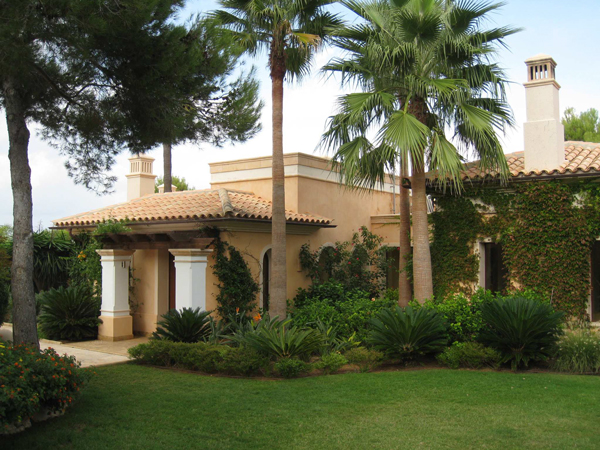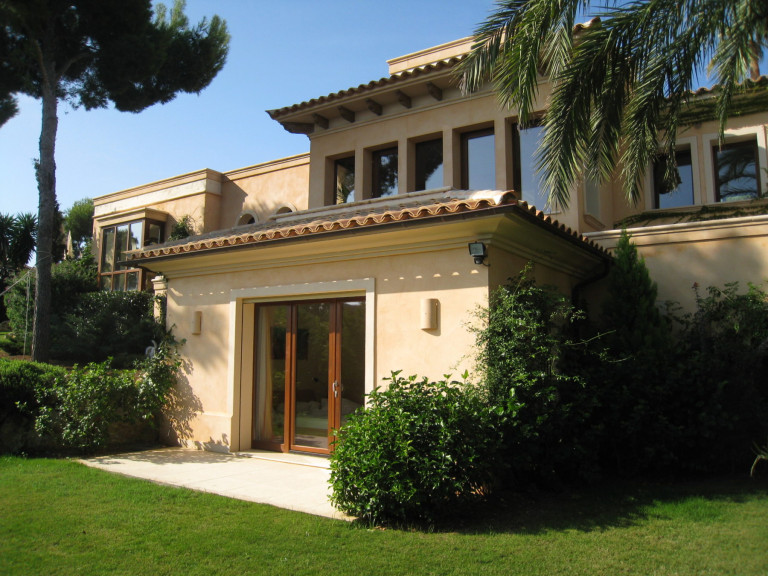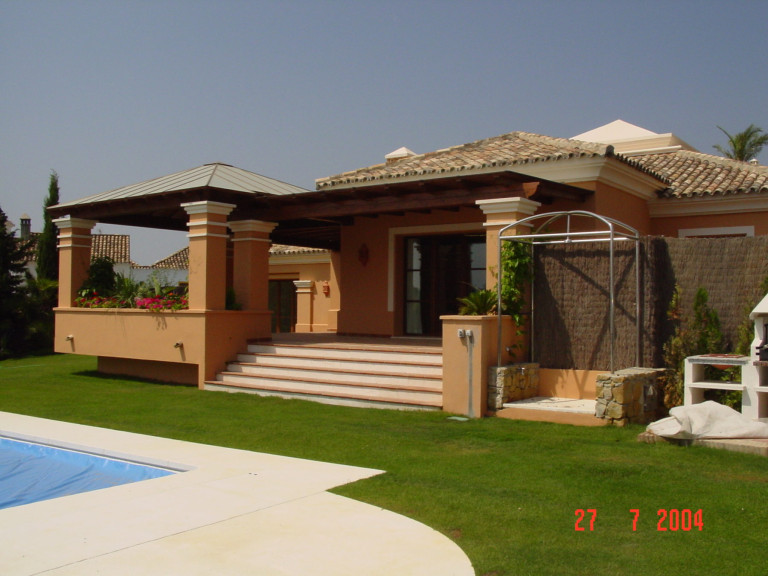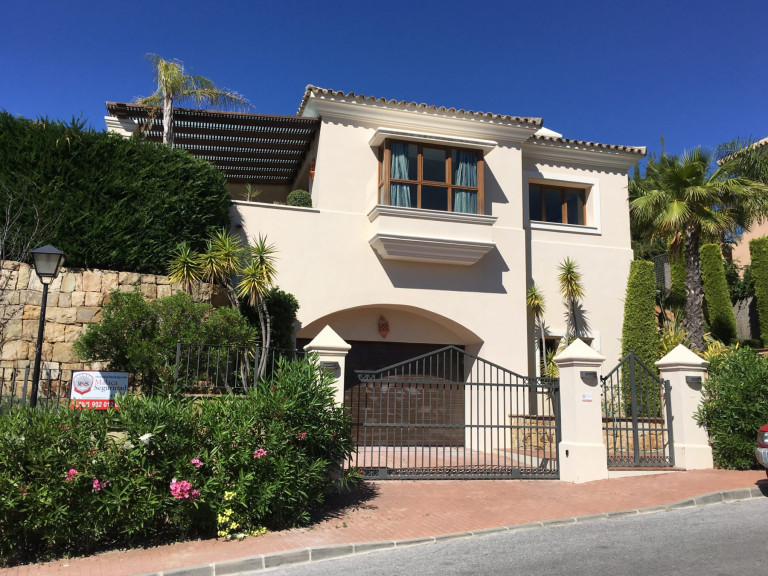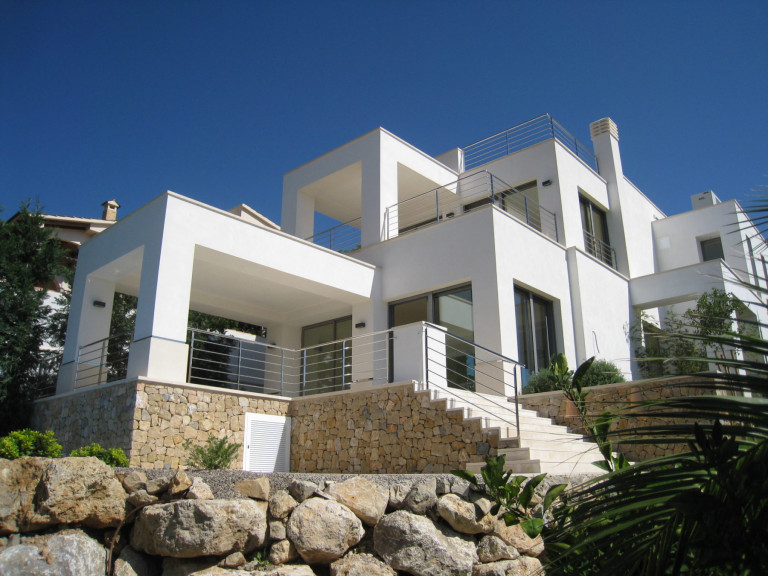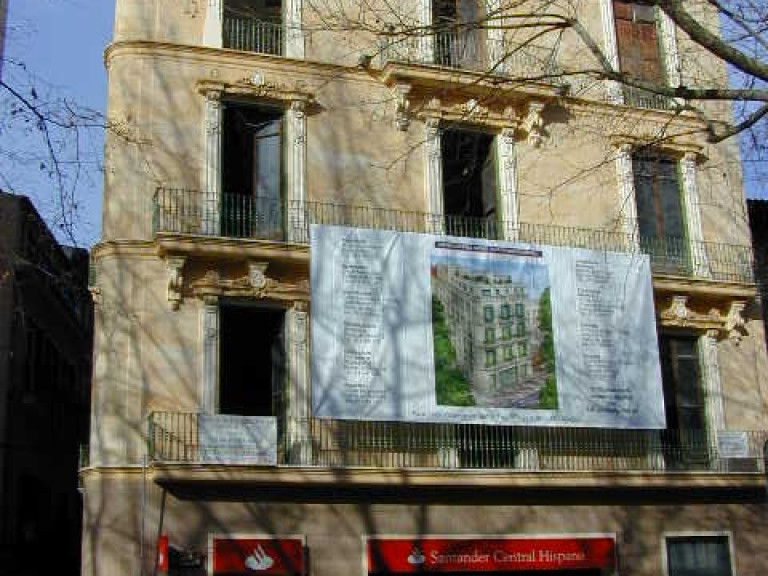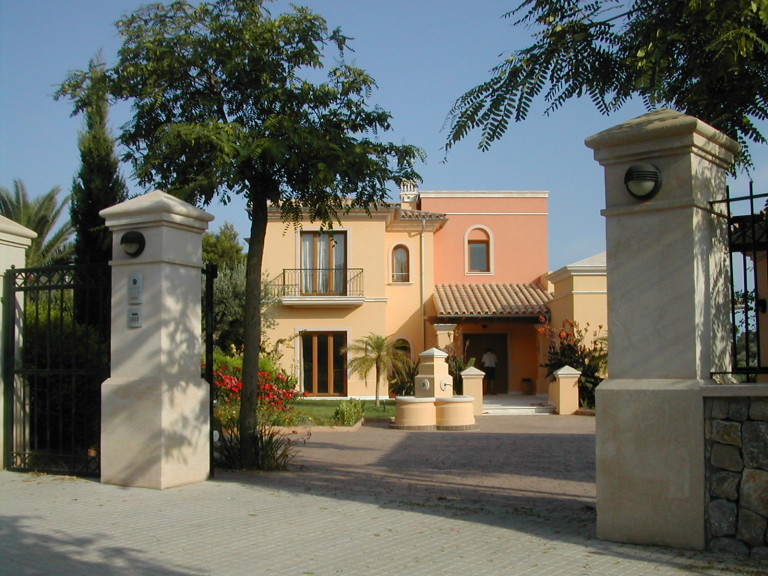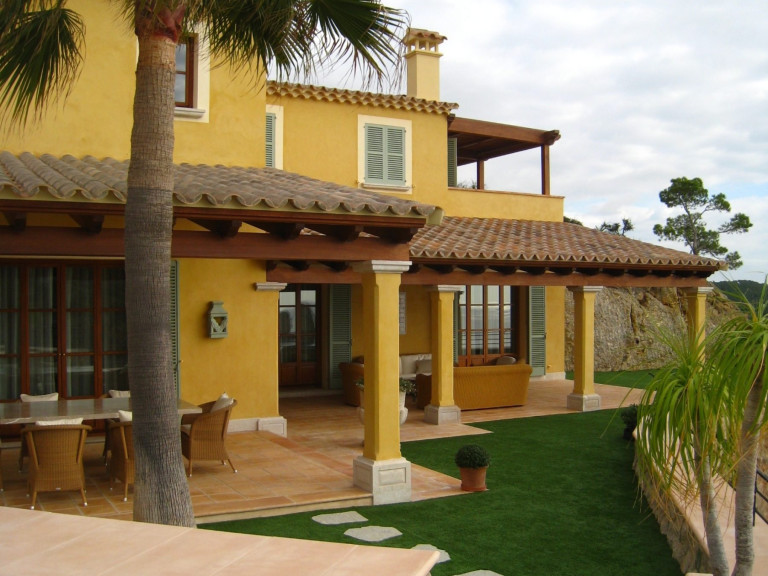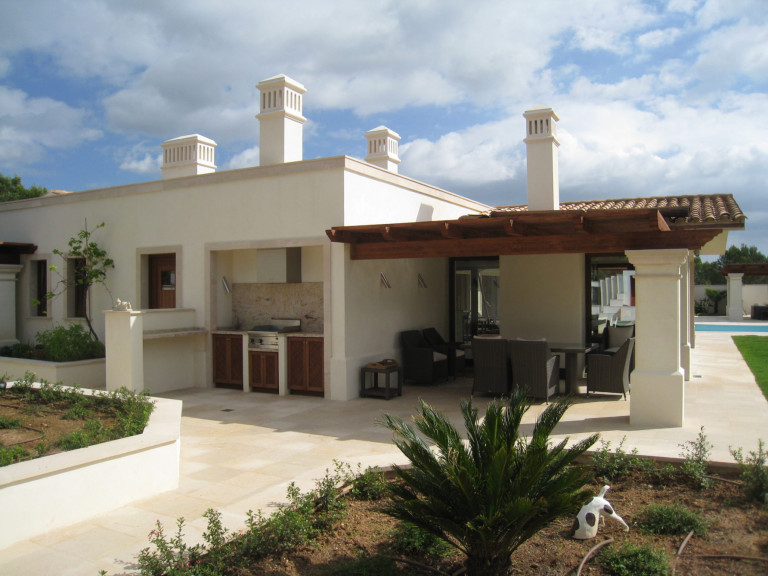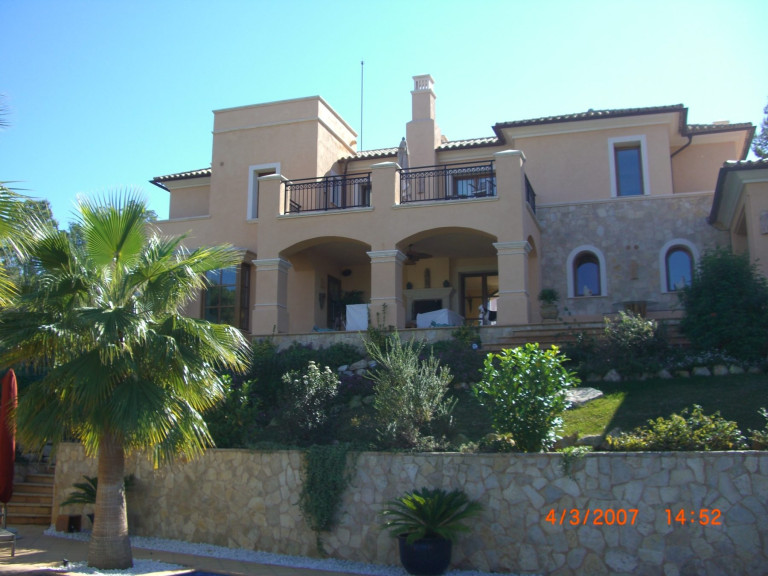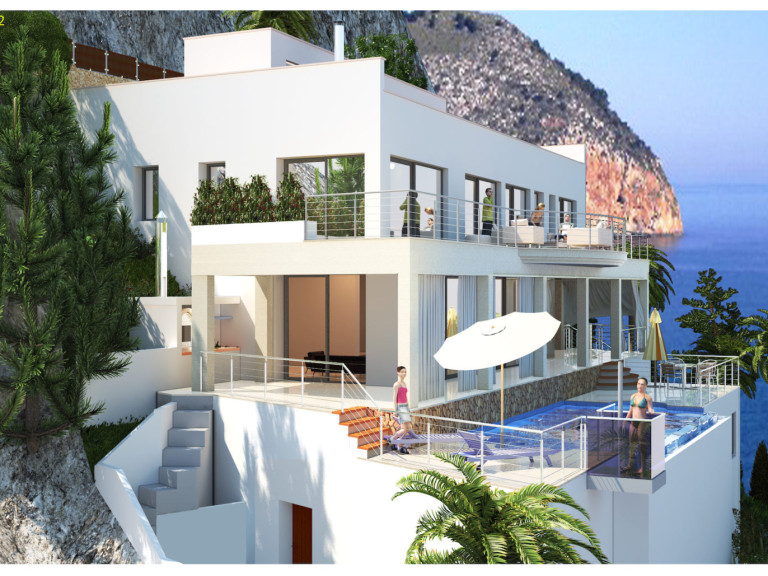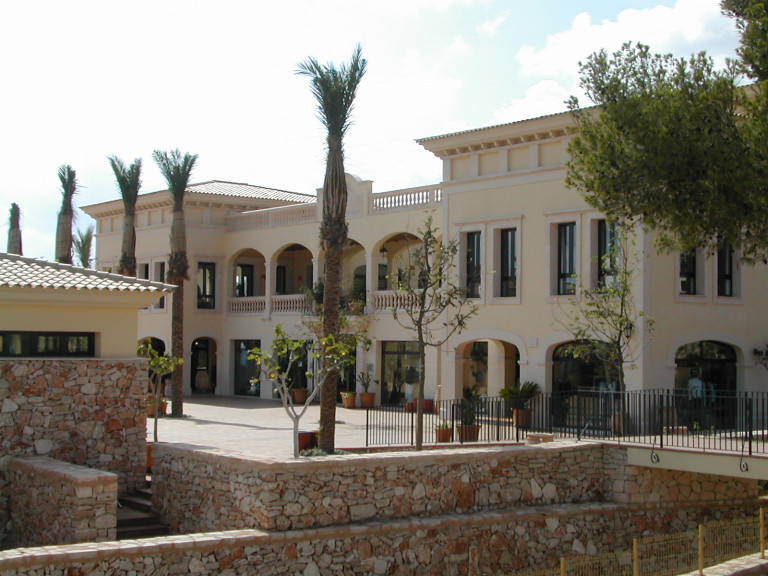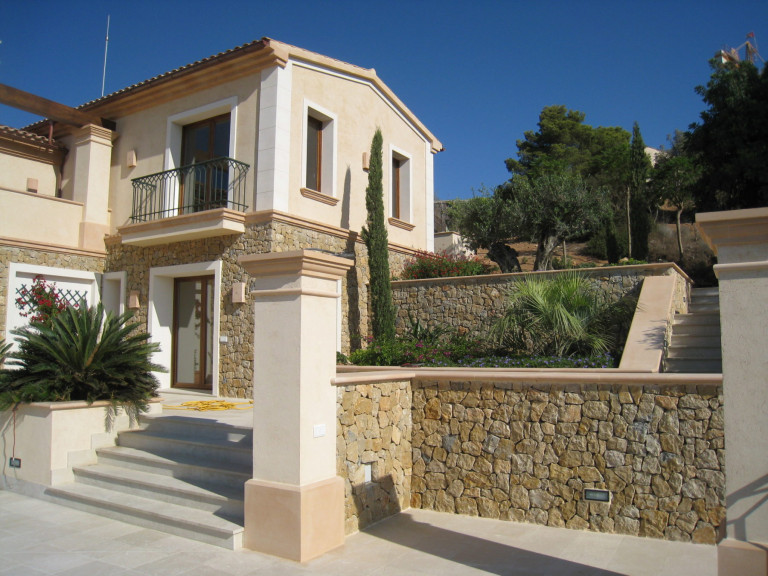The connection between modern architectural styles and elements and a cozy living atmosphere of the South. </ strong>
For several years, a change in the architectural styles and the design of our everyday utensils from the various traditional to modern forms can be determined. In many architecture magazines, we are confronted with ideas and suggestions that we compare with our current style and life concepts. A critical lighting of the modern is allowed.
Building History Development:
The houses of famous architects from the 20s, 30s and 60s, which are known to us today, contain various architectural styles, which in the new millennium represent us as partially secular architecture. For example, large-scale façade glazing acts as an everyday element of architecture. But we still distinguish between the sophisticated world of work in a glazed office building and the cozy home with children and animals. There is no compulsion to live in a modern box and to feel like a museum object. We want to form a unity with the environment and the daily elements. However, living in a modern home requires an equally modern approach to life and the experience of new, modern living elements. The decision is undoubtedly with yourself.
In many countries today, the private home construction undergo a renewed development that began at the beginning of the last century and completed the famous architects in many famous buildings with personal handwriting. Architects such as Frank Lloyd Wright, Adolf Loos, Rudolf Schindler, Richard Neutra, Le Corbusier and Mies Van der Rohe should be mentioned. In the following decades, many architects in different architectural styles built private houses and public buildings. It followed different and unique styles such as the brutalism of the 60-iger years. Buildings made of concrete and glass replaced flamboyant and craft-related architecture.
People were looking for social changes, for the most part the mirror image of the new forms of life. Terms such as absolute reduction, simplicity with vertical and horizontal lines, colorless white facades and the combination of interior and exterior architecture dominated the work of the architects. However, many residential buildings experienced an adaptation to the cozy living and a departure of the modern after decades. Modernity is not a style, but an architectural development for a liberation from the old, which resulted in many styles of modernity.
The new attitude to life and the 3rd skin:
The desire for modern ways of life has been brought closer to many builders by the already built houses and by the architectural magazines. The decision to build a modern house is emotional and means to "dress" oneself anew. Many intend to combine the holiday country with a new style. Others already possess modern facilities and works of art that demand a modern center of life.
A departure from traditional values allows for an opening to transparent and open living conditions. The builders do not copy from the magazines, but are defined by the future residents. The confrontation with the housing needs can not be taken over only by architects.
The connection between feasible interior design and spectacular architecture is considered a well-thought-out process. The new ways of life are to be defined by daring architecture forms as well as materials. You choose between cozy rooms or open living rooms, closed or open bathrooms, introverted or extroverted bedrooms.
Integration of nature or contrast:
Building a rectangular cubic house with large windows and glass balustrades requires little imagination and empathy, but building the house either provocatively or wholly adapted to nature is testament to courage and great imagination. All builders should demand a design from the architect, which, on the one hand, incorporates nature into the design and, on the other hand, places it in a context.
On the one hand, the architecture is above nature, in which constructive parts of the building are detached from the property. On the other hand, nature remains and gives architecture its independence, which is supported by materials and color. The living area is usually reduced to the house.
On the other hand, there are forms of architecture in which the house is subordinated to nature and largely adapts to nature in form, material and color. Planted roofs to the north, wood and glazed facades to the south represent forms and application of passive solar energy.
Building forms and the wanted tension:
The open and reduced form language
